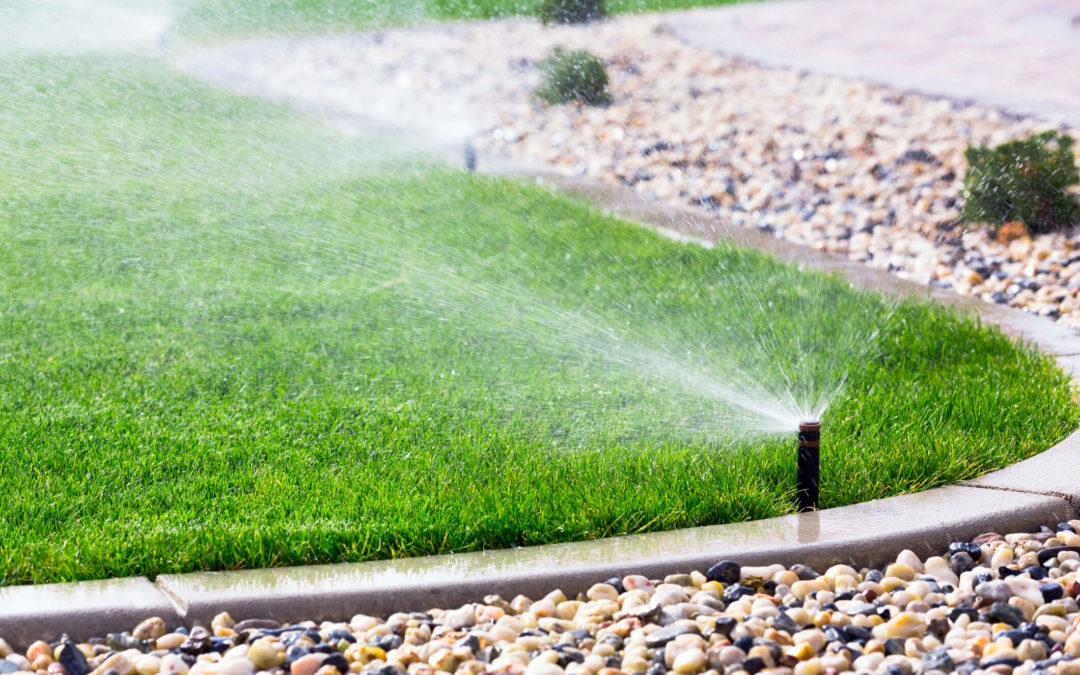As northern cities start to feel Old Man Winter’s icy grip, Central Floridians are enjoying a break from scorching temperatures and afternoon thunderstorms. However, less rainfall, shorter days, cooler temps, and lower light intensity mean that it is time to change how you treat your lawn to keep it thriving all year long.
Most Florida lawns consist of native grass species that grow more slowly from October to March, which is wonderful because you can spend less time mowing! Another detail to note is that some Central Florida lawns remain green while others will turn brown, but this is nothing to worry about as this is completely natural. Your main concern is doing all you can to keep your grass healthy through the winter, so it will flourish come springtime.
When and How Should I Water My Lawn? Follow These Helpful Tips.
Step 1: Water after fertilizing. You want to use a high potassium fertilizer to protect your grass from frost. After fertilizing, lightly spray the lawn with water to dissolve and activate the fertilizer until the entire area is evenly moistened. Avoid creating puddles! Note: DO NOT fertilize after October has passed.
Step 2: Irrigate regularly after overseeding. Central Floridians who want to have a green lawn throughout the winter typically spread ryegrass seed in the fall. Once daytime temps are in the low- to mid-70s, rake your yard to rid it of debris, then mow the grass. Your lawn is now prepped for the seed! Be sure to water it every morning until the seeds germinate. Ryegrass will naturally die off when warmer weather returns. Note: An overseeded lawn results in extra care, which means more mowing, watering, and fertilizing.
Step 3: Easy does it! Because grass grows more slowly during the winter, you may only have to water every two to three weeks. Be sure to cover the area with one-half to three-quarters of an inch of water, and only when needed. Watering more than this will result in fungal growth and wasted money.
Step 4: Set your irrigation timer to MANUAL. Your lawn does not need to be watered every day during the cooler months, so changing the programming of your irrigation system gives you the power to decide when and how much your grass gets to drink.
Step 5: Functional performance is essential year-round. Do a maintenance check every so often to make sure your irrigation system to working properly. If you’re not sure your system is running like it should, call us or complete our request service form and we’ll come take a look.
Step 6: Be observant. Water when you see signs of wilt, which can include grass blades folding in half, sections of the lawn turning bluish gray in color, and footprints sticking around longer than usual. Note: Be sure to water your shrubs, flowers, and potted plants at least once a week to prevent them from becoming wilted.
One thing to keep in mind is that some counties have conservation rules set in place to reduce water consumption by limiting which days citizens can run their sprinklers. It is a good idea to get in touch with your county to see if such restrictions apply to you.
Relax and Enjoy Being Outside!
It is no secret that winter is the best season to enjoy the outdoors in Central Florida, and now that you are not having to spend so much time and money irrigating, mowing, and weeding your lawn, the sky’s the limit! So, kick back on the patio with a tall glass of iced tea and a good book, take a weekend trip to St. Augustine, or spend the day on the golf course with friends. Considering your beautiful lawn is demanding less from you, take advantage and make the best of these special days.
Before you know it, the heat and daily storms will return to make the grass and weeds grow fast once again – and you will be updating your irrigation settings in preparation for the simmering summer sun.
Remember, if you ever need assistance with sprinkler repair or irrigation in the Orlando area, make sure and give us a ring!

